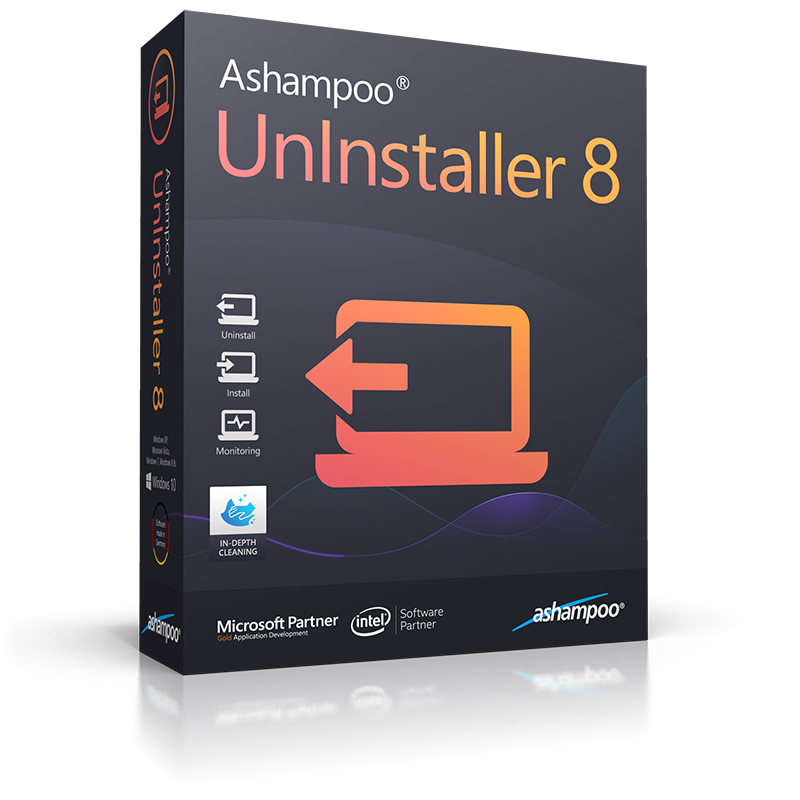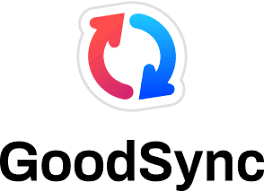Auslogics Disk Defrag Pro 10.0.0.1 Full Key version
Auslogics Disk Defrag Pro In today’s fast-paced digital world, a slow and sluggish computer can be a major source of frustration. You might find yourself waiting for programs to load, experiencing delays when accessing files, or even encountering system crashes. Thankfully, there are reliable solutions available to optimize your PC’s performance, and one such tool is Auslogics Disk Defrag Pro.

Auslogics Disk Defrag Pro is a powerful disk defragmentation software that can breathe new life into your computer. It works by reorganizing the data on your hard drive, ensuring that files are stored in contiguous blocks. This optimization process significantly improves your system’s speed and responsiveness.
One of the key advantages of Auslogics Disk Defrag Pro is its advanced algorithms. It analyzes your hard drive thoroughly, detecting and consolidating fragmented files effectively. By reducing fragmentation, the program reduces the time it takes for your computer to access data, resulting in faster file access and overall system performance.
The software also offers several features to cater to individual needs. The “Boot Time Defrag” feature allows you to defragment system files during startup, ensuring that essential files are optimized for faster boot times. The “Auto Defragmentation” feature can be set up to defragment your hard drive automatically, ensuring ongoing optimization without any manual intervention.
Auslogics Disk Defrag Pro provides a user-friendly interface that makes it easy to navigate through its features. You can schedule regular defragmentation sessions, customize settings, and track the performance improvements achieved over time. The comprehensive reports generated by the software offer valuable insights into the state of your hard drive and the effectiveness of the defragmentation process.
Furthermore, Auslogics Disk Defrag Pro is a safe and reliable tool. It employs advanced techniques to prevent any data loss or damage during the defragmentation process. The program also supports SSD drives, optimizing their performance without compromising their lifespan.
In conclusion, Auslogics Disk Defrag Pro is a must-have tool for anyone looking to enhance their computer’s performance. With its advanced algorithms, customizable features, and user-friendly interface, it efficiently defragments your hard drive, resulting in faster file access, improved system responsiveness, and an overall smoother computing experience. Say goodbye to sluggishness and welcome a faster, more efficient PC with Auslogics Disk Defrag Pro.
Top Key Feature:
- Advanced Disk Optimization: Auslogics Disk Defrag Pro offers advanced algorithms to defragment and optimize your hard drive, resulting in improved system performance. It rearranges file fragments, consolidates free space, and moves system files to faster areas of the disk for faster access.
- Comprehensive Analysis: The software provides a detailed analysis of your hard drive, allowing you to see the fragmentation level and disk health status. It presents a visual representation of the disk’s file structure, making it easier to identify fragmented files and understand the state of your disk.
- Resource Management: Auslogics Disk Defrag Pro allows you to schedule automatic defragmentation to optimize your system regularly. You can set specific times and conditions for defragmentation to ensure your hard drive remains optimized without manual intervention.
- SSD Optimization: In addition to traditional hard drives, Auslogics Disk Defrag Pro is equipped with features designed specifically for solid-state drives (SSDs). It optimizes SSDs by preventing excessive wear and organizing file access, resulting in improved longevity and performance.
- Defragmentation Wizard: The software provides a step-by-step Defragmentation Wizard, making it easy for users to set up and execute defragmentation tasks. The wizard guides you through the process, allowing you to customize options according to your preferences.
Pros And Cons:
Pros:
- User-friendly interface: Auslogics Disk Defrag Pro has an intuitive and easy-to-use interface, making it accessible for both novice and advanced users.
- Efficient defragmentation: The software utilizes advanced algorithms to defragment your hard drive effectively, improving the overall performance of your computer. It rearranges fragmented files and consolidates free space, resulting in faster file access and system responsiveness.
- Boot-time defragmentation:It offers a feature called “Boot-time Defrag,” which allows you to defragment system files that are usually locked during regular operation. This feature can significantly enhance boot times and overall system performance.
- Customizable scheduling: You can schedule automatic defragmentation tasks with Auslogics Disk Defrag Pro, enabling you to optimize your hard drive without manual intervention. This feature ensures that your system is regularly maintained without any effort on your part.
- Optimization algorithms: The software includes multiple defragmentation algorithms, such as the “Optimize by Access Time” algorithm, which organizes files based on their frequency of use. This optimization method can further improve system performance.
Cons:
- Limited additional features: While excels at defragmentation, it may lack some advanced features found in other disk optimization tools. If you require more extensive functionality like disk cleanup or duplicate file removal, you might need to use additional software or tools.
- Paid software: It is a commercial product that requires a purchase. While it offers a free version with basic functionality (Auslogics Disk Defrag Free), the Pro version unlocks additional features and advanced options.
- Windows-only: It is available exclusively for Windows operating systems. If you use a different operating system, you will need to explore alternative defragmentation tools suitable for your platform.
- Potential performance impact during defragmentation: While aims to optimize system performance, the defragmentation process itself can temporarily consume system resources. If you initiate a defragmentation task during peak usage times, it might affect your computer’s responsiveness temporarily.

How To Install?
- Visit the official Auslogics website: Go to the Auslogics website using your web browser. The website is
- Navigate to the Disk Defrag Pro page: Look for the Disk Defrag Pro software on the website. You can use the search function or browse through the products section.
- Purchase the software: Click the “Buy Now” or “Purchase” button. Follow the instructions on the website to complete the payment process. Once the purchase is complete, you will receive a license key.
- Download the installer: You will receive a download link after the purchase. Click on the link to download the Auslogics Disk Defrag Pro installer file. The file will typically be in an executable format like “.exe” for Windows.
- Run the installer: Locate the downloaded installer file on your computer and double-click on it to run the installer. Confirm that you want to run the file if prompted by your operating system or security software.
- Follow the installation wizard: The wizard will guide you through the installation process. Read and accept the license agreement, choose the installation location, and select any additional options if provided. Click “Next” or “Install” to proceed.
- Enter your license key: During the installation process or when you launch the program for the first time, you will be prompted to enter the license key you received after the purchase. Enter the key in the appropriate field and click “Activate” or a similar button.
- Complete the installation: Once you’ve entered the license key, the installation will continue and complete. The software will be installed on your computer, and you can launch it from the desktop shortcut or the Start menu.
- Configure settings (optional): After launching, you can customize various settings according to your preferences. This includes scheduling automatic defragmentation, selecting specific drives to defragment, and choosing other optimization options.
Credit Link






